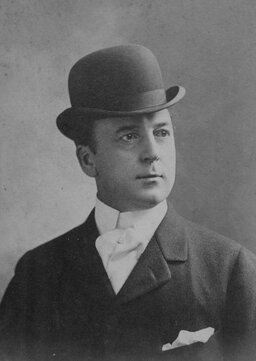South Buffalo native Chauncey Olcott entertained audiences with his songs and musical productions, simultaneously changing the nation’s perception of the Irish.
Chauncey Olcott: Buffalo's Golden-Tongued Tenor
The full content is available in the Spring 2017 Issue, or online with the purchase of:
If you have already purchased the product above, you can Sign In to access it.
Related Content









